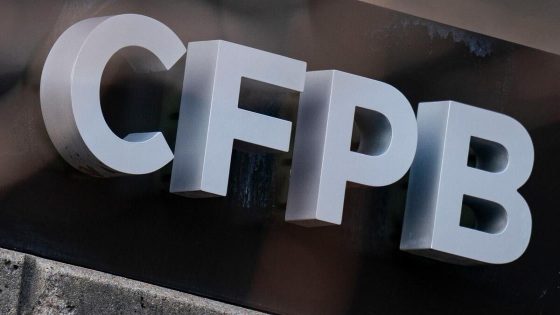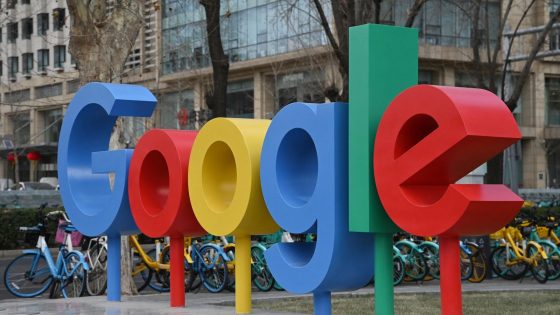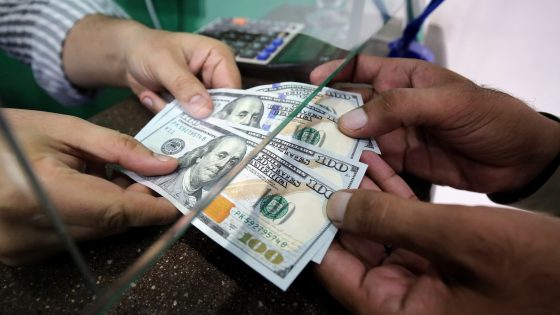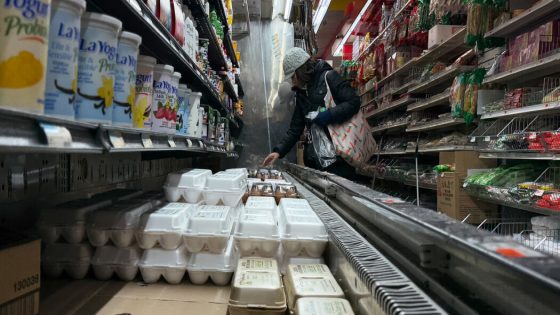On February 12, 2025, dozens of employees at the Consumer Financial Protection Bureau (CFPB) were reportedly fired as part of the Trump administration’s efforts to dismantle the agency. This action has raised concerns about the future of the CFPB, which was established to protect consumers in the financial sector.
- CFPB employees reportedly fired recently
- Trump administration's efforts to shut down CFPB
- CBS News reporting on the situation
- Reuters as a source for information
- Breaking news and live event notifications available
The reported firings come amid a broader push by some political factions to reduce the agency’s influence and capabilities, sparking debates over consumer protection in financial services.
The Consumer Financial Protection Bureau was created in response to the 2008 financial crisis to ensure that consumers are treated fairly by banks and other financial institutions. The agency has played a crucial role in enforcing regulations that protect consumers from predatory lending practices and other financial abuses.
Recent reports indicate that the firings are part of a larger strategy to weaken the CFPB. Key statistics related to the agency’s impact include:
- Over 29 million consumers have benefited from CFPB’s actions since its inception.
- The agency has returned over $12 billion to consumers through various enforcement actions.
- CFPB’s regulations have led to a decrease in unfair lending practices by 30% in recent years.
As the situation unfolds, many advocates for consumer rights are voicing their concerns. They argue that dismantling the CFPB could lead to a resurgence of predatory practices that the agency has worked to eliminate. The potential impact on consumers, particularly vulnerable populations, is a significant point of contention among policymakers.
In summary, the reported firings at the CFPB mark a critical moment in the ongoing debate over consumer protection in the financial sector. The future of the agency remains uncertain, and its potential dismantling could have lasting effects on consumers across the United States.

























![Right: A wreath reading ″Singer IVE″ stands at the funeral hall for Kim Ha-neul, a 7-year-old girl who was allegedly stabbed to death by a teacher, at the Konyang University Hospital in Daejeon on Feb. 11. Left: Jang Won-young, a member of IVE, who Kim's father asked ″to come and see Ha-neul″ because ″Jang was Ha-neul's dream.″ [NEWS1]](https://news.faharas.net/wp-content/uploads/2025/02/IVE-Sends-Heartfelt-Wreath-to-Funeral-of-7-Year-Old-Stabbing-Victim-230x129.jpg)







